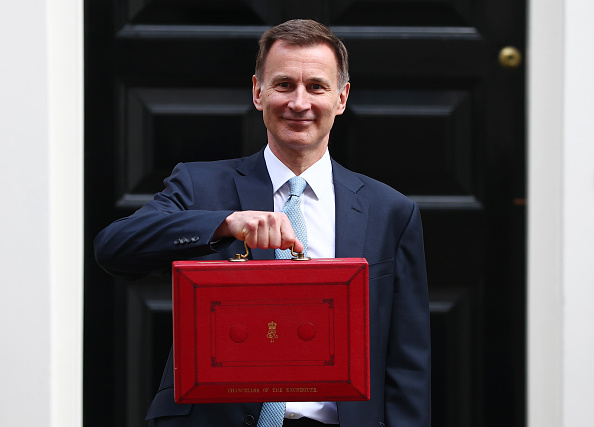The USDX Protocol is a decentralised, third-generation Stablecoin ecosystem that aims to become the future of the Blockchain, by improving its inconsistencies and making it a simpler environment for payments. The increasing growth in cryptocurrencies’ popularity, comes along with great volatility issues.
The unpredictable price fluctuations have turned the digital assets more to a store of value, rather than a medium of exchange. Stablecoins are the answer to this matter; as the word implies, they seek to provide price stability, for operations that cannot be exposed to high volatility.
The history of Stablecoins
The first-generation Stablecoins, with Tether being the most popular, are collateral-based cryptocurrencies, pegged to the USD. In other words, the Stablecoins in circulation must always reflect an equal amount of fiat currency in a bank account. Of course, funds being under the control of an authority waives the cornerstone of all cryptocurrencies, decentralisation. Additionally, Tether operated in an opaque manner, raising questions over regulatory risks and moral hazard.
To deal with its forerunners’ weaknesses, second-generation Stablecoins attempted to cut the ties with the USD and peg it to other cryptocurrencies like Bitcoin and Ethereum. Regulatory risk and moral hazard were eliminated by decentralising the Stablecoin and utilising smart contracts. At the same time, however, now they had to deal with the volatility of the collateral assets, hence It could be possible that the value of the collateral will drop below the value of the Stablecoin in the future.
The USDX Protocol
Unlike past Stablecoin generations, the USDX Protocol has developed an ‘Algorithmic central bank,’ a mechanism to automatically contract or expand the supply of tokens. Set to offer their USDX token in April 2018 during ‘Phase 1,’ the Ethereum ERC20 based token will represent the holder’s concessions in the USDX ecosystem. USDX will be traded on the open market and only a finite number of tokens will ever be created, which will not have the self-balancing mechanism of a Stablecoin.
A Stablecoin pegged to the USD, called USDY, will be launched on ‘Phase 2’ (or Stable Phase) and will run on a public chain. On pegging day, the USDX holders will be able to get an equal amount of the newly issued Stablecoin, while maintaining the possession of their USDX tokens. Subsequently, a holder can sell their tokens for speculative purposes, or keep them in order to obtain more Stablecoins (EURY, JPYY) that will be issued in the future.
Based on the Proof-of-Stake method, the USDX Protocol developers aim to create a large community of individuals to participate in the project, that will mine USDY from their PCs or mobile devices and maintain the security of the network.
USDX Protocol’s self-balancing mechanism
As traditional monetary policies have proven to be inefficient, designed to serve the short-term interests of national governments, the USDX Protocol’s self-balancing mechanism has been developed to effectively address those issues. Decentralised and governed by the whole community, USDX Protocol’s main goal is price stability.
USDX Protocol has developed a threefold mechanism, that is able to adjust the elastic supply of Stablecoin’s circulation, in order to preserve this stability on the USDY/USD parity. By implementing a variable block reward, mining locking and a variable transaction fee, USDX can increase or decrease the total quantity of money in circulation or its velocity accordingly.
The mechanism is only expected to improve in time and speculative arbitrage traders, will only “educate” the self-balancing system to become more efficient.
More details about the USDX Protocol can be found on the official whitepaper.





